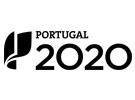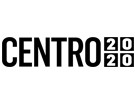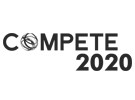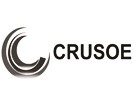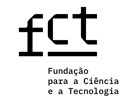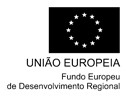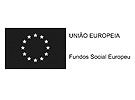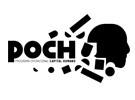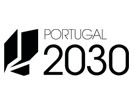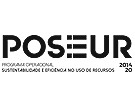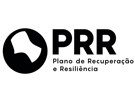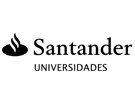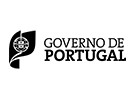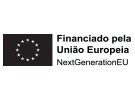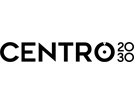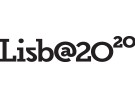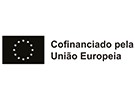



Publication in the Diário da República: Despacho nº 17071/2009 - 23/07/2009
3 ECTS; 1º Ano, Anual, 24,0 TP , Cód. 6498125.
Lecturer
- Alexandra Águeda de Figueiredo (1)
(1) Docente Responsável
(2) Docente que lecciona
Prerequisites
Not applicable
Objectives
Acquire theoretical and practical skills in archaeological prospection methodology:
The student should understand the fundamental principles and techniques used in archaeological prospection, including both traditional methods and advanced technologies. They must be able to apply this knowledge in the field, conducting prospections with scientific rigor and adhering to ethical standards in archaeology.
Be able to select and apply appropriate methodologies to different archaeological contexts:
The student should assess the specific characteristics of each archaeological site and environment, considering factors such as soil type, environmental conditions, and research objectives, to choose the most effective and suitable methodology, ensuring the quality and relevance of the results obtained.
Recognize archaeological remains in aquatic and interface environments:
The student should develop the ability to identify signs and remains of underwater archaeology and in transitional zones between land and water, understanding the particular challenges of prospection in these contexts, as well as the specific methods for their detection and documentation.
Develop critical analysis skills:
The student should cultivate a reflective and critical approach to the data collected, interpreting it in light of archaeological theories and historical contexts. This competence includes evaluating the methodologies used, identifying limitations, and proposing improvements or new hypotheses based on the archaeological evidence.
Program
1. Concepts and study of an archaeological site: some basic notions
2. Location and characteristics of underwater archaeological sites
3. Techniques and methodologies in the development of archaeological surveys
How to conduct a survey: Planning
Research methods in underwater archaeological research
Direct/Indirect prospecting
Selective/Extensive prospecting
Support equipment for prospecting, mechanisms used and use
Results and interpretation of sonar maps
Criteria, advantages and disadvantages of the different methods
Location and positioning system
Underwater orientation and navigation
Recording system
Preservation of remains and legislation
Evaluation Methodology
Two assessment periods: attendance and exam.
Attendance - The assessment is based on the theoretical test 100%,
Exam - The assessment is based on the theoretical test - 100%
Bibliography
- Archaeology, , E. (2008). MARITIME ARCHAEOLOGY. (Vol. (Vol. 1).). Retrieved 17 Jan 2013: Elsevier Science & Technology,. Oxford
- Delgado (ed), J. (1997). British Museum Encyclopaedia of Underwater and Maritime Archaeology. (Vol. 1). London: British Museum Press
Teaching Method
Presentation of content in an expository manner and application of active pedagogical methodologies, namely discussion of data and ideas, completion of questionnaires, analysis of case studies and technical applicability.
Software used in class
Not applicable
